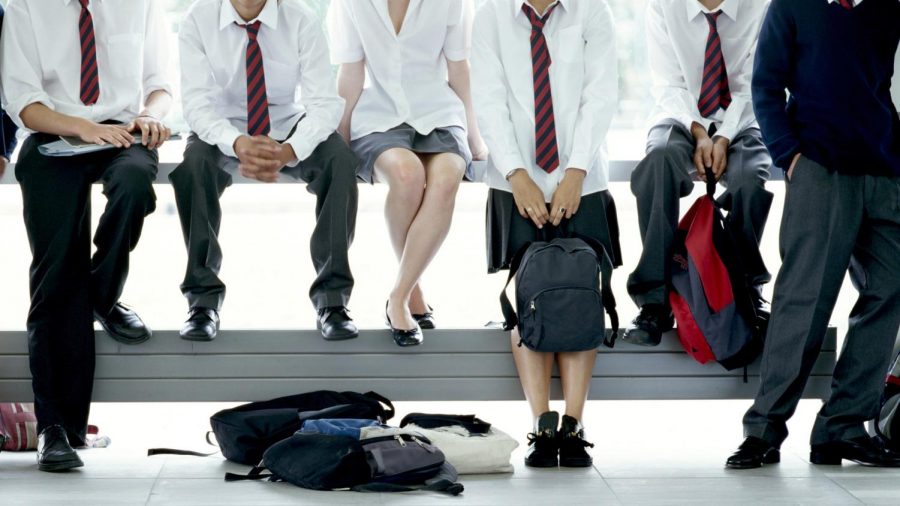A Look into the HHS Dress Code
A Student Perspective
December 21, 2021
It is well known that the Hastings dress code is very informal; kids are rarely reprimanded and there seem to be restrictions on only a small variety of clothing. Why is that, and has it remained consistent over the years?
Hastings High School Hastings High School Principal Louis Adipietro said that over the last seventeen years he has worked in Hastings, there have only been small changes to the dress code policy; specifically the dress code no longer refers specifically to “boys and girls” but takes into account a range of gender expressions. The school has also tried to veer away from rules about specific clothing items. It keeps a greater focus on issues of appropriateness and offensiveness. For example, anyone wearing clothing depicting drugs or alcohol will be asked to change or cover up.
Assistant Principal Melissa Hardesty also brought up the idea that fashion trends have changed over the years. Lately, she said, kids have been dressing more for comfort. Ms. Hardesty said, “I think a lot of the kids here have a cool, kind of unique style, and as long as it’s not making anyone else uncomfortable. I am supportive of that.”
There is not always an agreement, however, with the idea of “what’s school appropriate, especially when it comes to “revealing” clothing. Sarah Walters, an English teacher at the high school, said, “Revealing is [a term] that is very open to interpretation, because it can vary depending on someone’s body type. A tank top on one person might look more or less revealing on another person.” “Revealing” can also be term used by school administrations to describe clothing not recommended for school.
That said, our administration tries its best to let students express themselves as they choose. Ms. Hardesty explained:“I like that kids use fashion as an outlet, I think it’s really creative. We are not looking to get kids in trouble, especially for something so benign.”
For the students I spoke with, they saw the dress code as freeing. Ninth grader Julia Teper said, “I feel like I would be more self-conscious if we did have a [strict] dress code. If it were like, ‘Oh you can’t show your stomach, you can’t show your shoulders,’ I would feel more sexualized, and I would feel like people are looking at me and those parts of me.”
Many other students felt similar. Bee Herbstman, a junior, mentioned, “There are times where I wear outfits where I’m not sure if I’m crossing the line of appropriateness or not, and I appreciate that my teachers don’t call me out in front of the class for it.”
Overall, from my interviews, it seems that many students are appreciative of the nonrestrictive dress code. Students, as well as administration, seems to believe that it is so important to the culture of Hastings to keep freedom of expression as a reliable rule for their students.


















